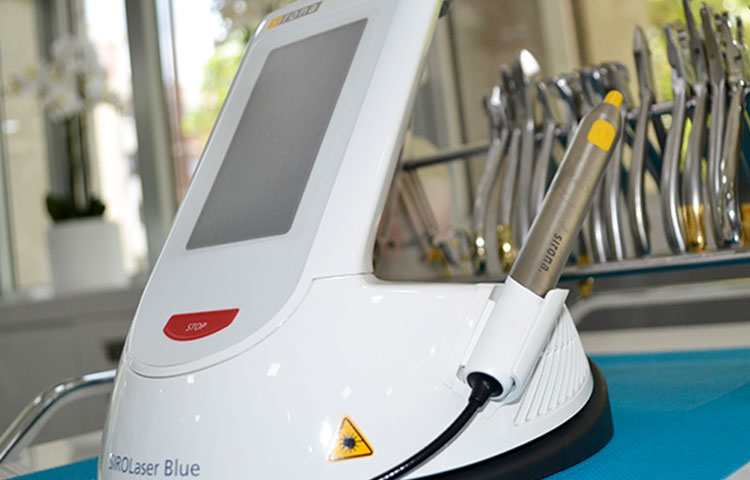The advancement of laser technology in the last few decades has led to its widespread use in everyday dental practice. When compared to traditional dental treatments, patients readily accept lasers due to their painlessness and minimal invasiveness. However, like any method, lasers have their limitations, and they cannot perform miracles or replace all unpleasant procedures.
In the treatment of root canals, almost all types of lasers used in dentistry are applied. They serve as a complement to conventional treatment by allowing the disinfection of infected root canals.
For the treatment of periodontal diseases, mechanical therapy involves scaling under anesthesia, chemical therapy with antiseptics, and antibiotics. Laser assistance in the treatment of periodontal diseases is minimally invasive. Special attachments enter the periodontal pocket and eliminate bacteria and their by-products that cause inflammation. Lasers are also used in the treatment of peri-implantitis (inflammation around dental implants).

Endodontics - (root canal treatment) lasers are used as a complement to conventional treatment due to their ability to reduce the number of microorganisms in an infected canal.
Periodontology- lasers are used for gingival shaping (gingivectomy) and reducing microorganisms in periodontal pockets, promoting tissue regeneration and healing. Patients who receive both conventional periodontal therapy and laser treatment show significant improvement in symptoms and a slower progression of the disease.
Oral surgical procedures - (removal of frenula, gingiva, lesions of various origins, implant opening) lasers have proven to be faster and less painful than scalpels, with faster postoperative recovery, and tissue heals without scarring.
Treatments - the treatment of aphthae, herpes, and various inflammatory conditions benefits from the laser's biostimulation process, which almost instantly relieves pain and regenerates tissue. In addition to its therapeutic effects, laser treatment has also demonstrated preventive benefits on treated tissue.
In the therapy of trigeminal neuralgia and paresthesia, as well as in the treatment of temporomandibular joint disorders and myofascial pain syndrome, lasers have shown excellent results, soothing symptoms and reducing pain.
In daily practice, lasers represent complementary therapy and by no means can replace all traditional treatment methods. They are indicated for cases of severe inflammation of teeth or surrounding structures and as a means of promoting faster tissue healing.
Advantages of using lasers in dentistry
The advantages compared to traditional treatment methods are numerous, and some of the most important ones include:
– Painlessness
– Shorter recovery time
– Accelerated healing
– Coagulation
– Sterilization
– Biostimulation (wounds heal in the shortest possible time)
– Precision and minimal trauma (impressions can be taken immediately after laser treatment without fear of later recession/tissue shrinkage)
Using lasers, we create a harmonious relationship between teeth and gums, a significant factor in smile aesthetics. Dental lasers are used in various dental treatments, including those involving soft tissues.
Soft tissue lasers have different wavelengths and power levels and can be used for procedures that would otherwise be performed with scalpels. Dental diode lasers have a great advantage compared to conventional therapy methods, as they result in scarless wound healing and improved reduction of bacteria. For patients, laser use means less post-operative pain and a reduced need for medications. SIROLaser Blue is the first dental diode laser with blue, infrared, and red diodes, covering a range of 21 indications from surgical procedures, endodontics, and periodontology, to other services like teeth whitening and treating herpes.
In addition to the field of aesthetic medicine, the benefits of laser use are evident in other parts of dental medicine.

